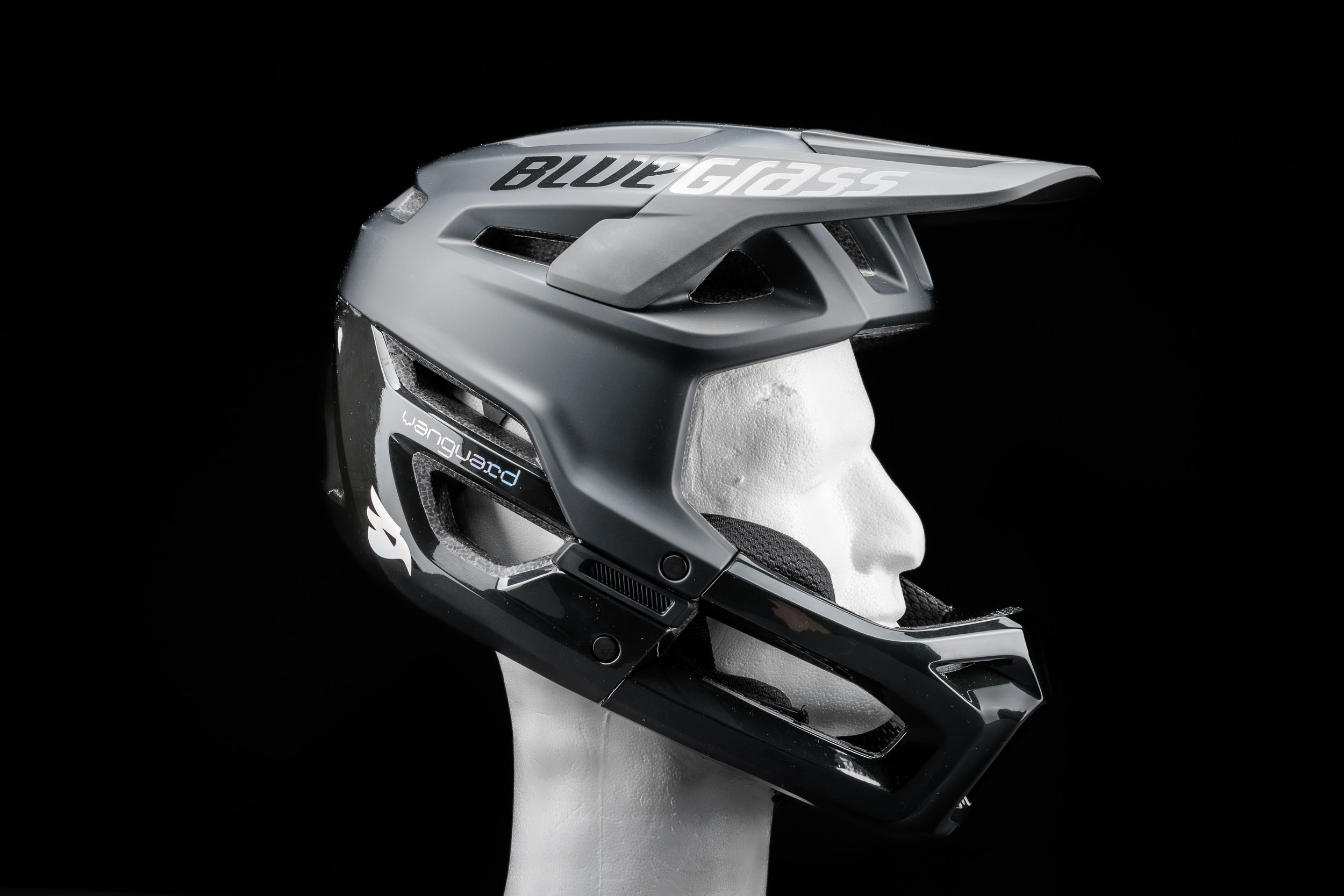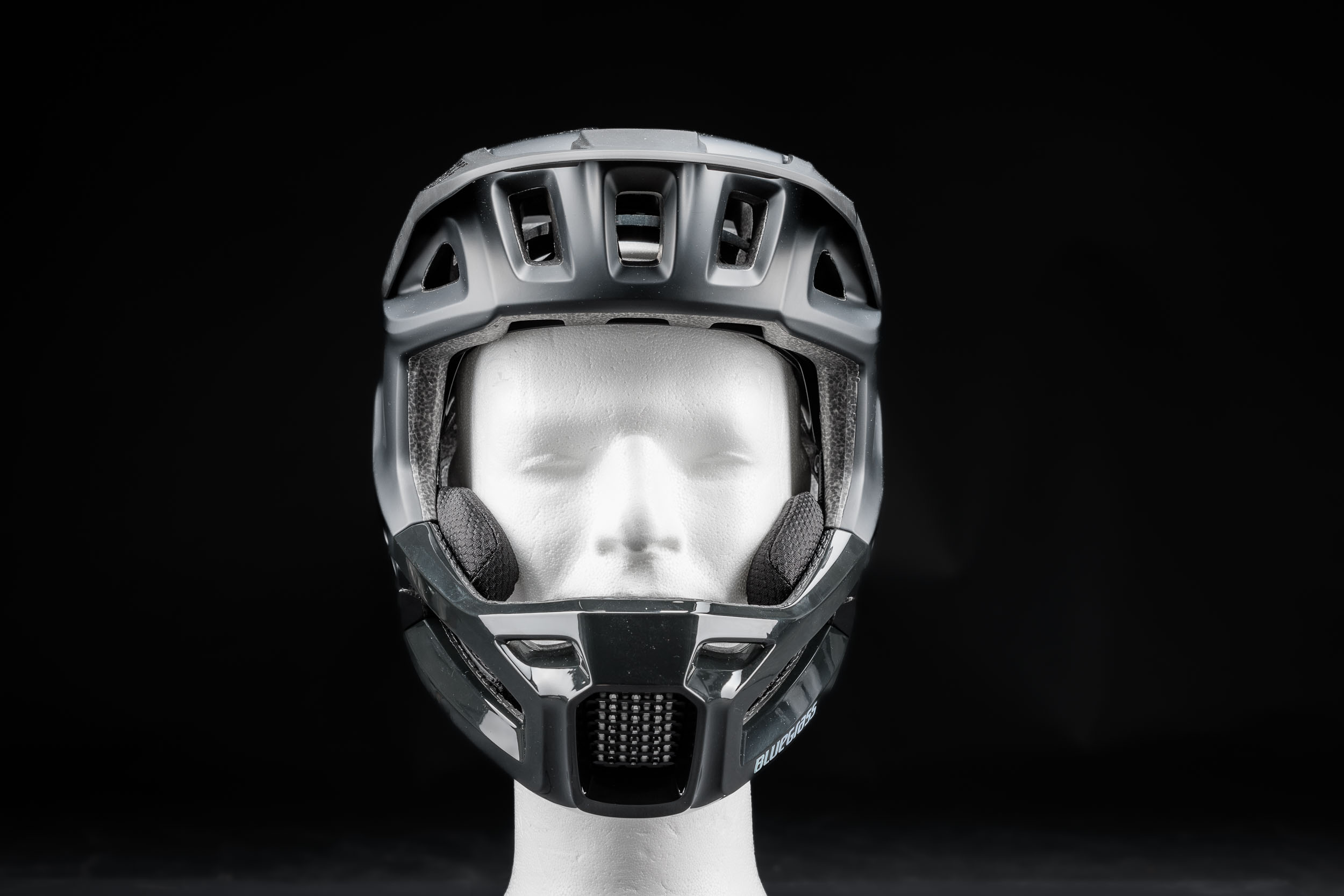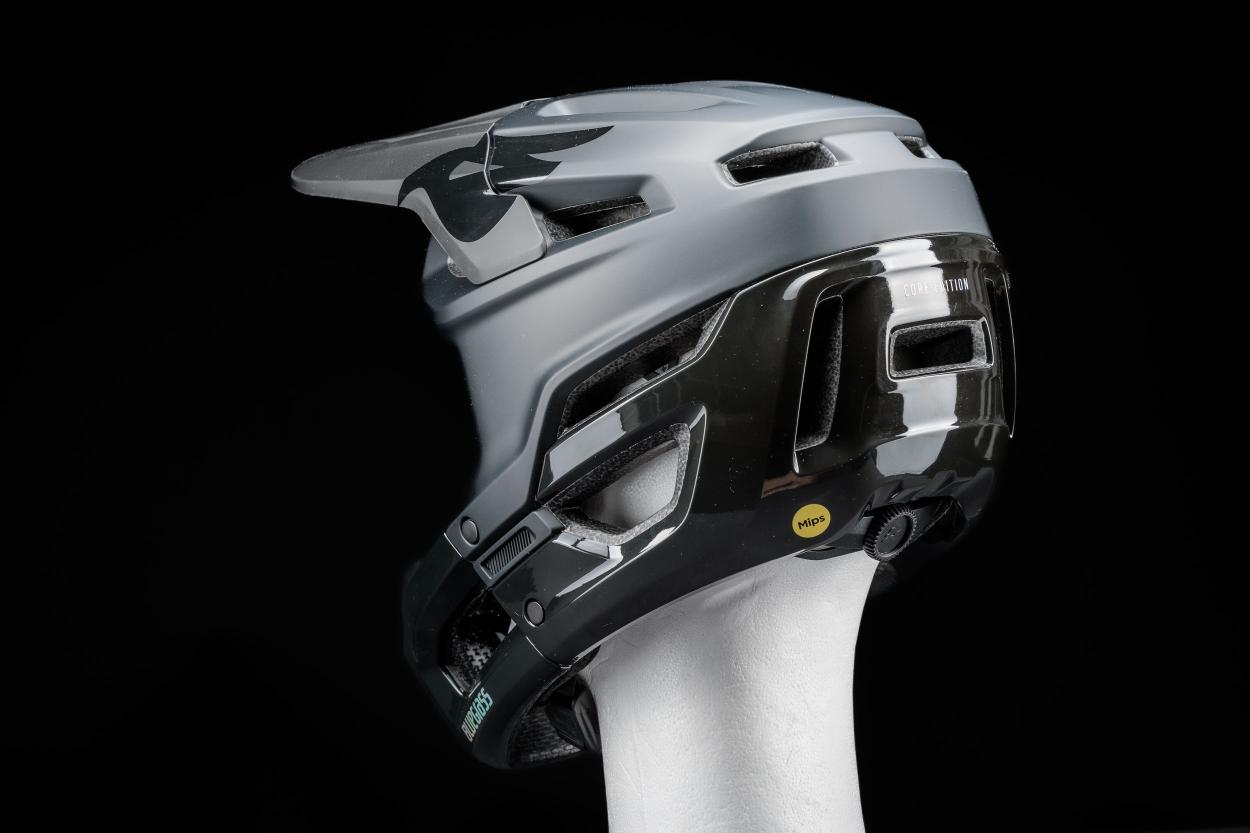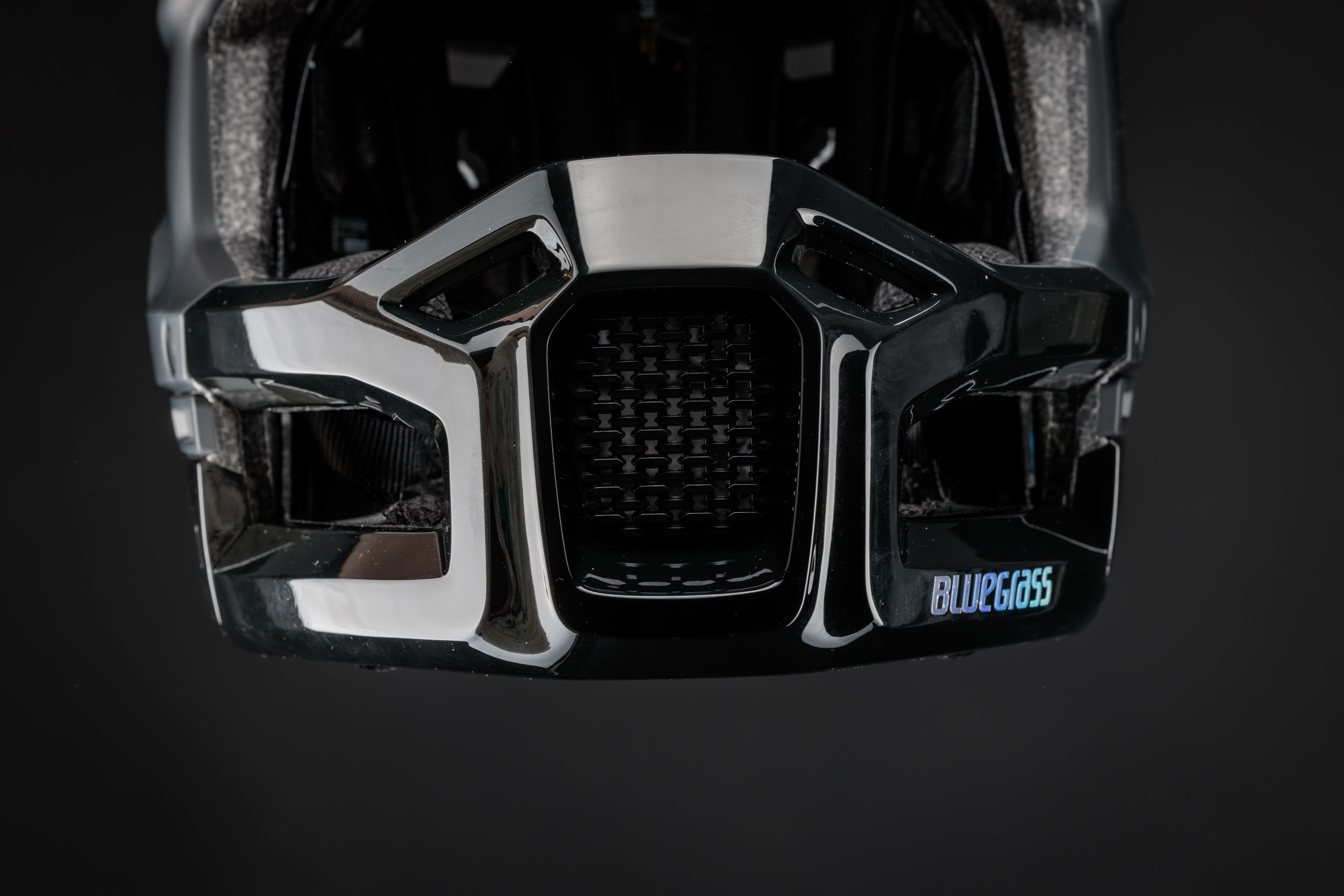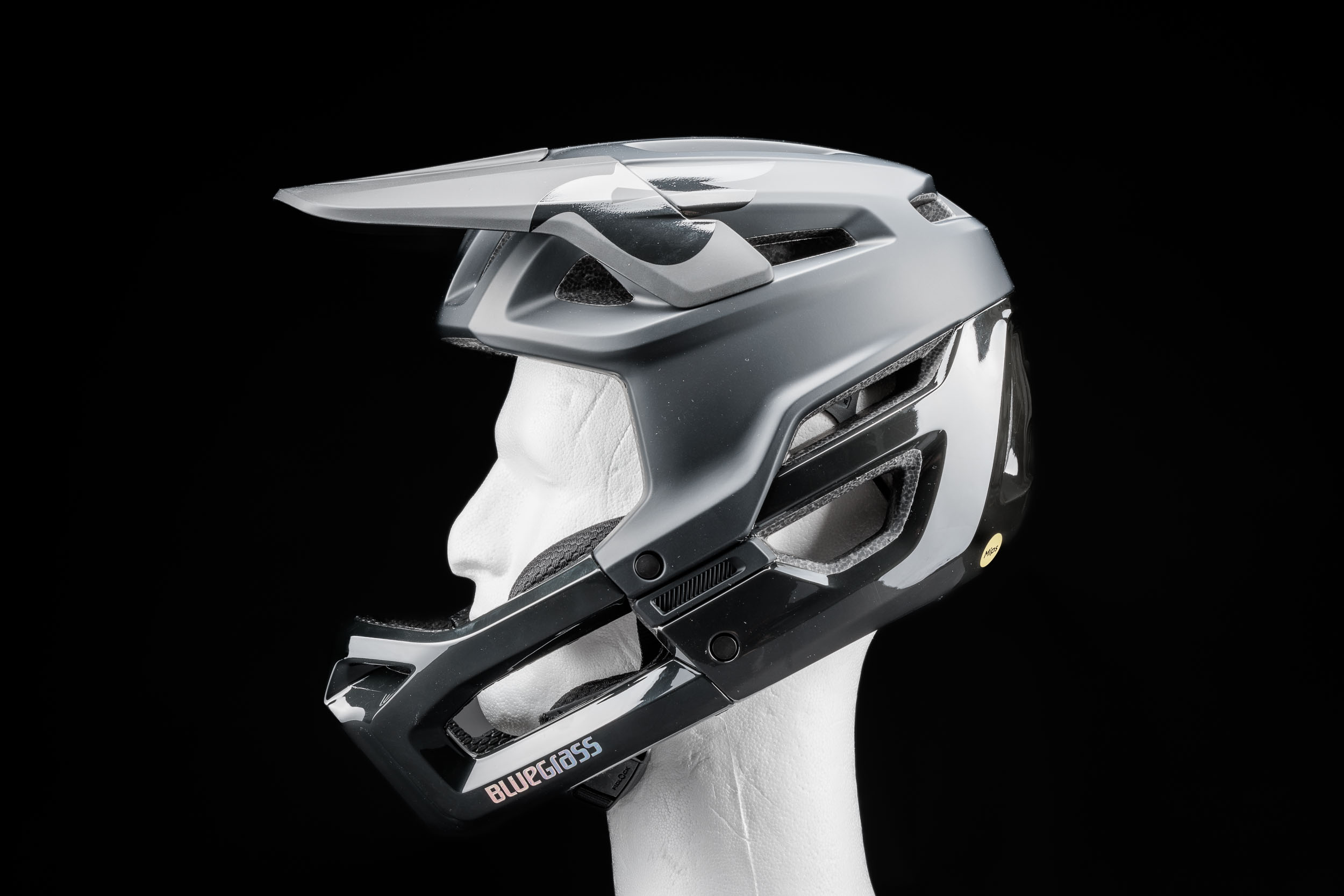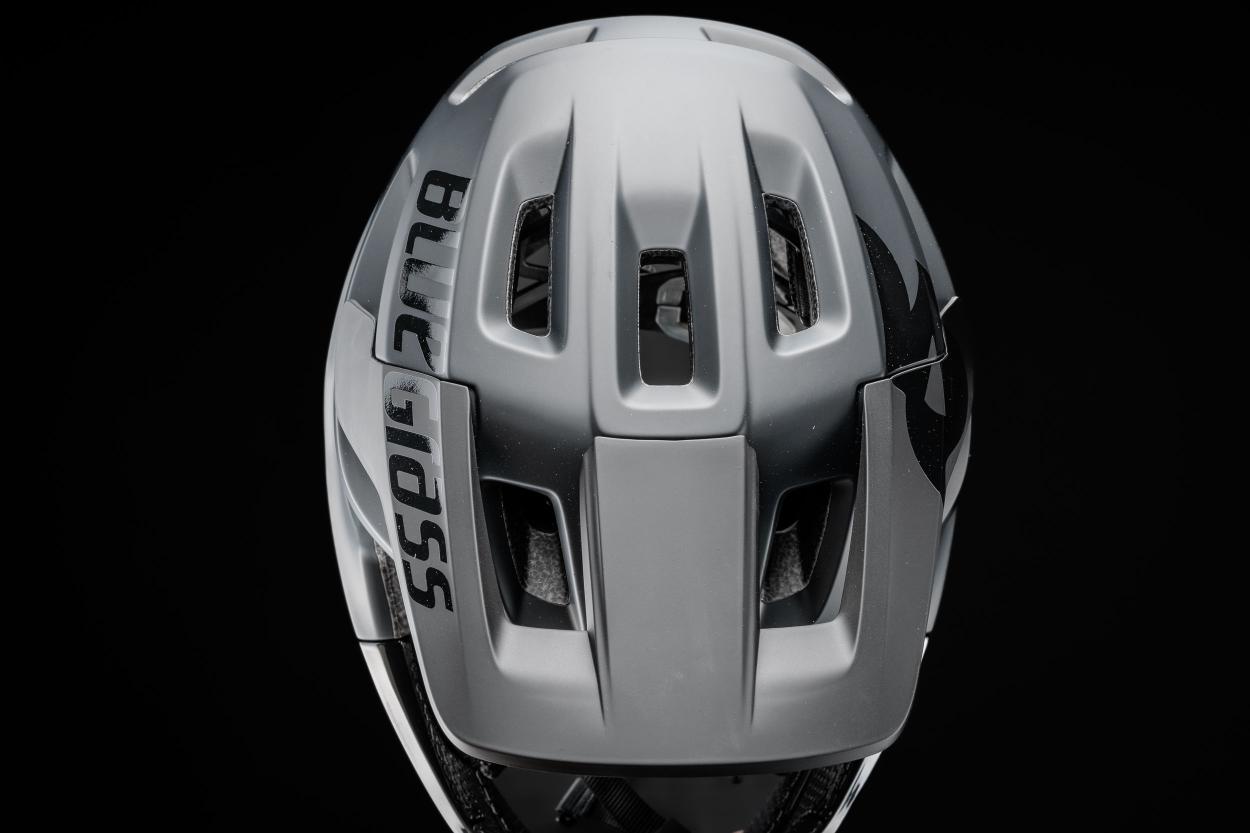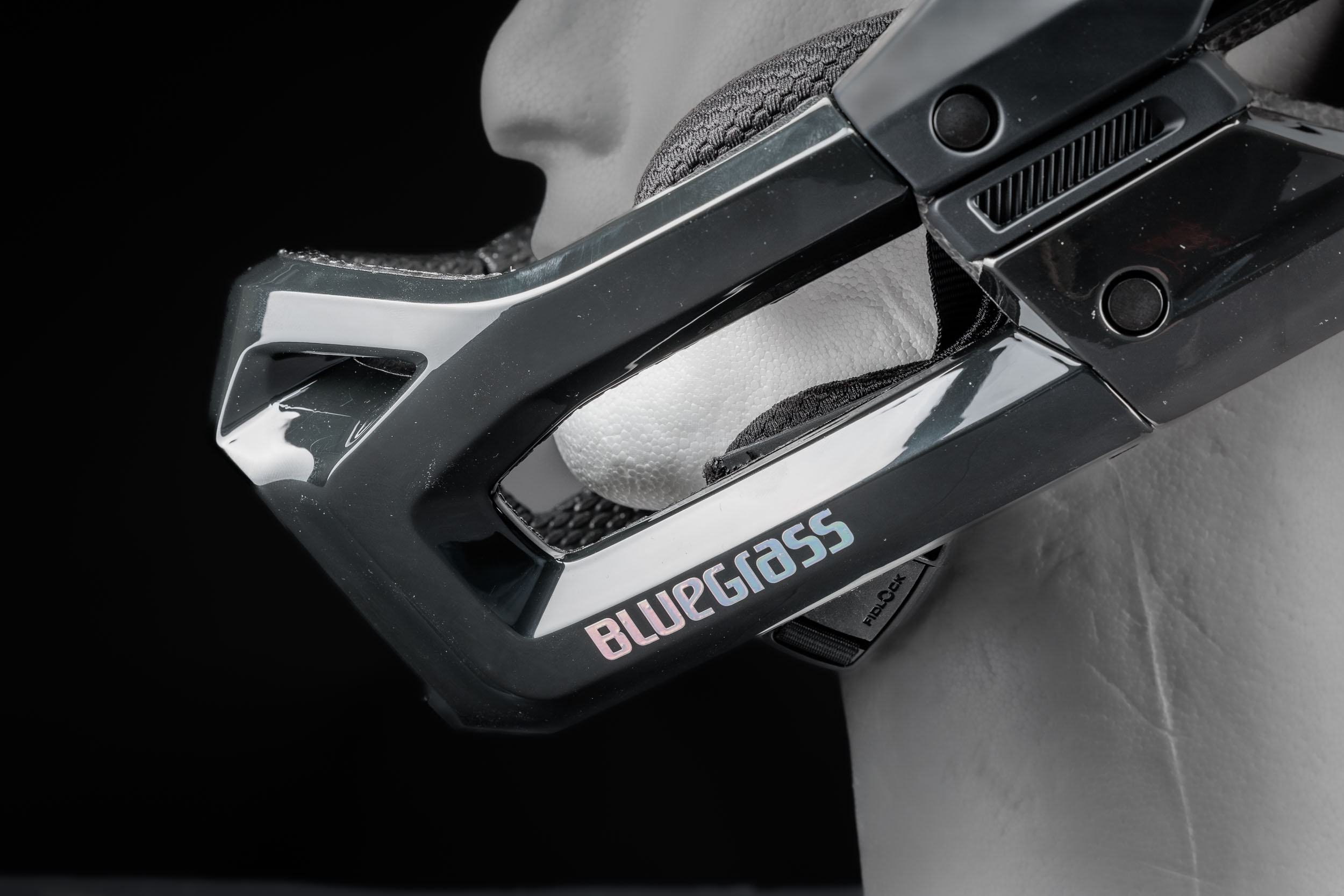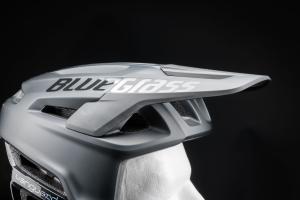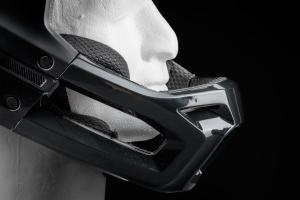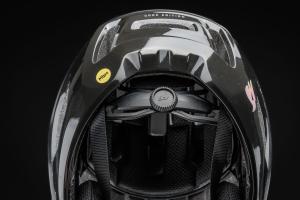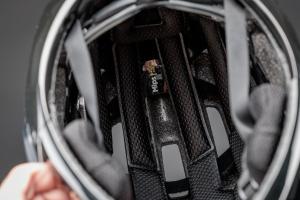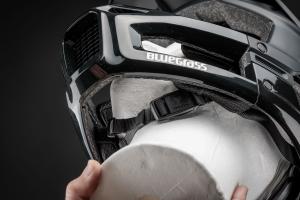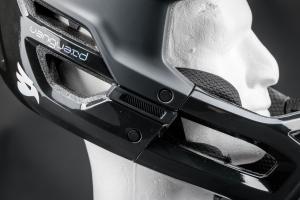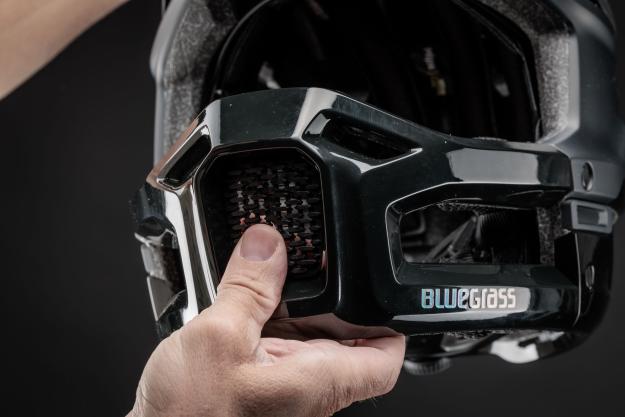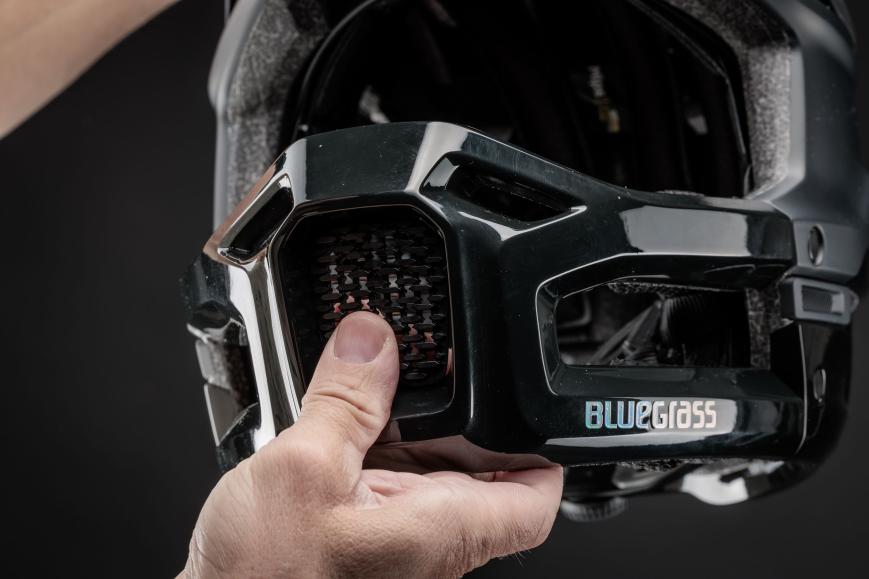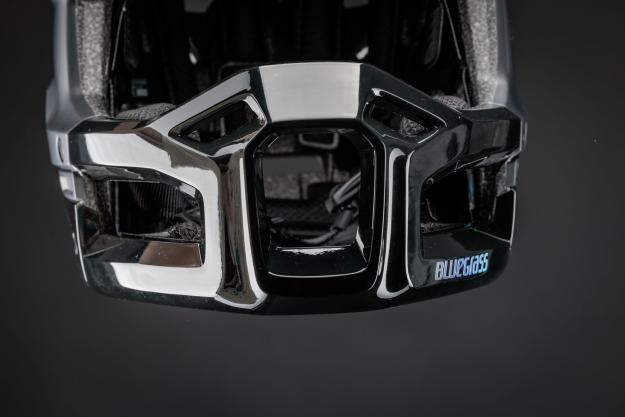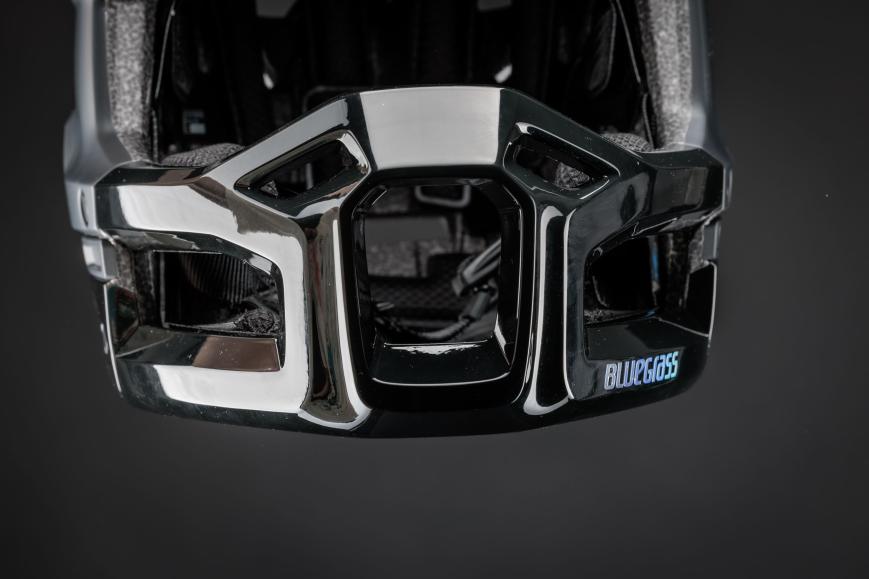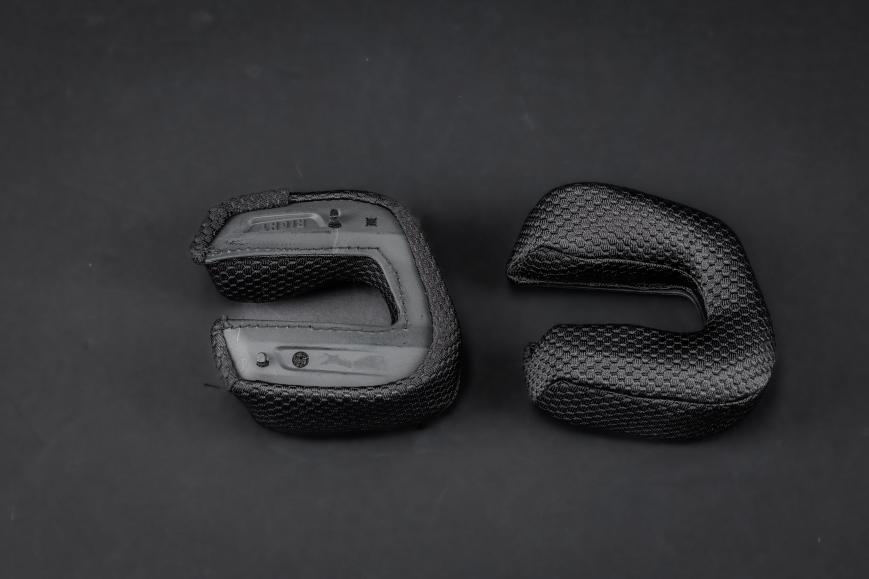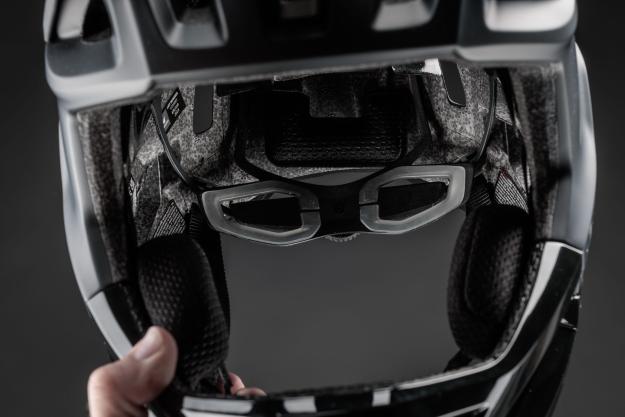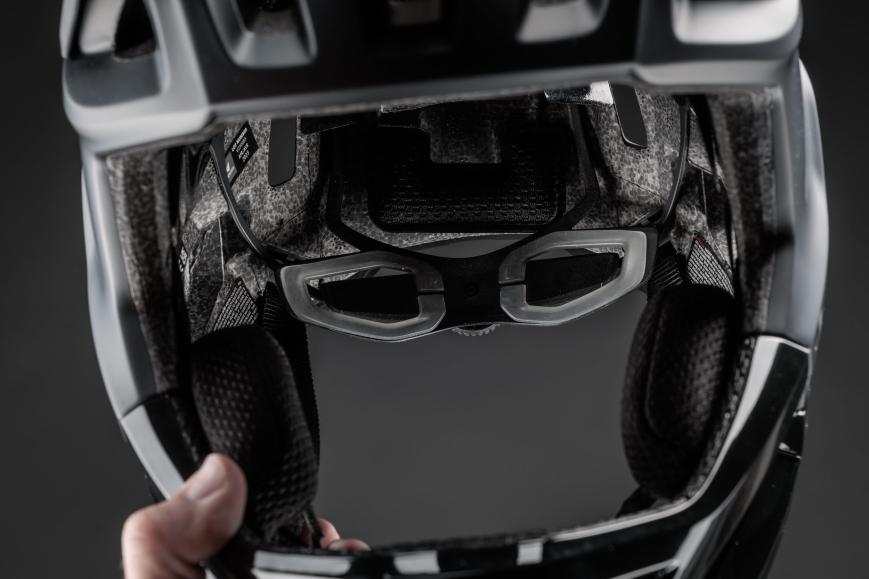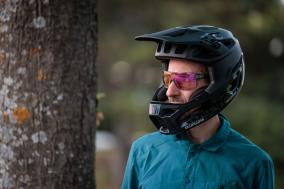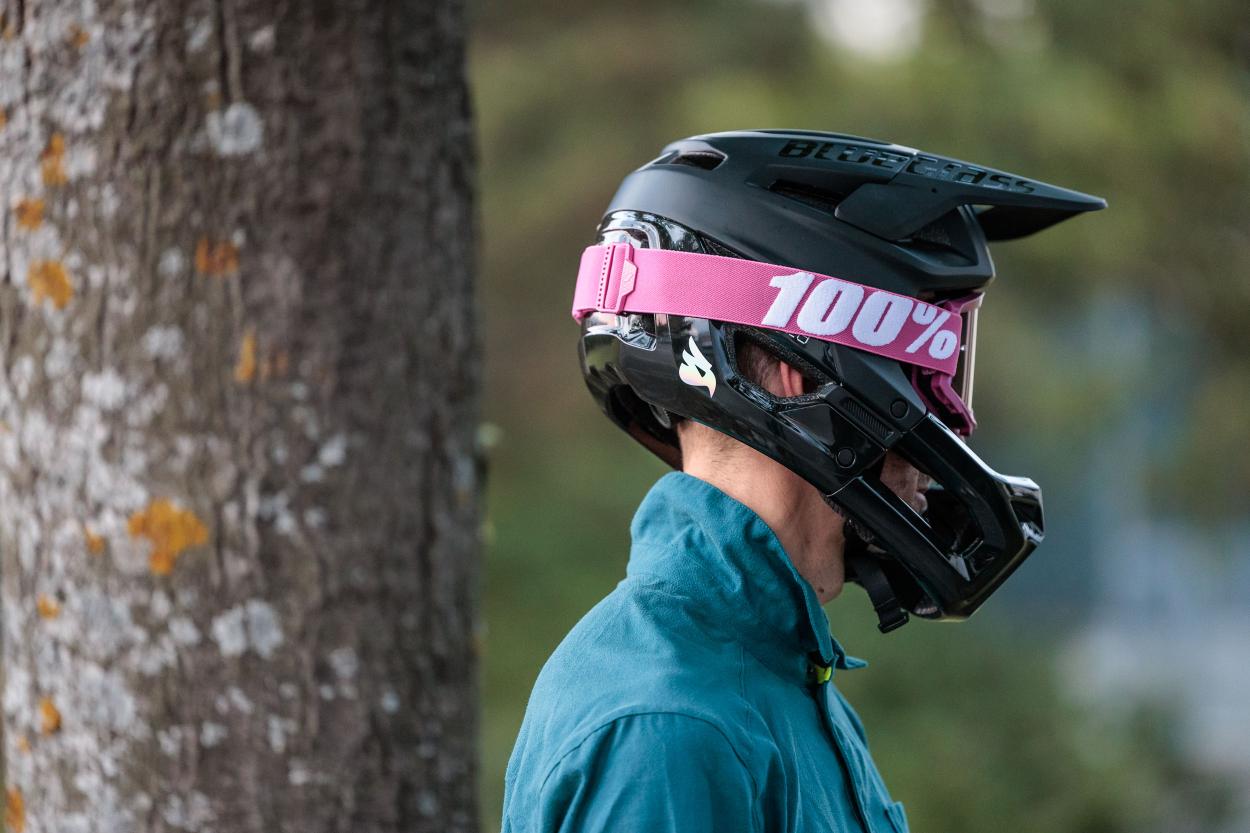
In Review: Bluegrass Vanguard Core Fullface Helmet
13.09.23 10:34 9292023-09-13T10:34:00+02:00Text: Ralf Hauser (translated by AI)Photos: Erwin HaidenLight and safe - a combination that is not easy to unite for full-face helmets. Bluegrass aims to bring them together in the new Vanguard Core for enduro, trail, and e-bike riders. Successfully? We've tested it with full body and mind commitment ...13.09.23 10:34 1.1112023-09-13T10:34:00+02:00In Review: Bluegrass Vanguard Core Fullface Helmet
13.09.23 10:34 1.1112023-09-13T10:34:00+02:00 Ralf Hauser (translated by AI) Erwin HaidenLight and safe - a combination that is not easy to unite for full-face helmets. Bluegrass aims to bring them together in the new Vanguard Core for enduro, trail, and e-bike riders. Successfully? We've tested it with full body and mind commitment ...13.09.23 10:34 1.1112023-09-13T10:34:00+02:00Completely redesigned, the Vanguard Core with In-Mould polycarbonate shell and EPS inner shell weighs just 687 g (stated as 700 g) for our reviewed size S model.
Despite this, it passes one of the toughest certifications for bicycle helmets with high impact speeds and energies, the ASTM 1952-15/2032-15 for downhill, which also checks the safety of the chin guard. In doing so, the Vanguard exceeds the ASTM limits for deflection by 40%. Additionally, it also meets the NTA 8776 standard for fast S-Pedelecs.
Perhaps even more important is the fact that the Vanguard Core can boast a 5-star rating from the prestigious Virginia Tech Helmet Lab test.
Performs its duty conscientiously when crashing during the review.
A crumpled editorThe new helmet is available in Vanguard and Vanguard Core versions. Compared to the former, the Vanguard Core additionally offers a MIPS Evolve Core system inside the helmet, which can further reduce the rotational forces acting on the brain in the event of a fall. A dirt grill in the chin bar is also included in the Core.
All other features are shared by both helmets.
Thanks to 24 ventilation openings and wide internal air channels, air circulation is maintained regardless of the riding speed, ensuring cooling.
This is also aided by C-shaped cheek pads, which do not cover the ventilation openings in the chin bar. Besides, they are also meant to make putting on the helmet easier.
The cheek pads themselves are interchangeable and hand washable. A thicker and a thinner one for individual adjustment of the fit are included in the delivery. A lightly padded helmet bag is also included.
The plastic grid for catching dirt on the front side of the chin bar is removable and weighs only 5 g.
A 360° surrounding headband can be tightened precisely to the head circumference of the wearer at the back of the helmet opening via a so-called Safe-T Heta adjustment system by turning a wheel. This system is additionally adjustable vertically in three heights.
The visor is integrated into the helmet shell and cannot be adjusted in height, but can snap away in the event of a fall to prevent twisting of the neck upon impacts.
The Vanguard is compatible with normal glasses or motocross goggles. The helmet strap is equipped with a magnetic Fidlock closure.
The Vanguard Core is available in three sizes S (52-56 cm), M (56-58 cm), and L (58-61 cm) as well as in several colors for € 330,- RRP.
Riding hard through the bushes
Basically, lightweight full-face helmets with an adjustment system are not that easy to put on. The Vanguard Core is also not as easy to slip on as a full-fledged downhill helmet, but it is helped by the fact that the cheek pads fix the helmet straps on both sides to keep them in place.
Even if you do not open the closing system using the dial, the mechanism at the neck can fold back a bit, allowing the helmet to be slipped on even in this state. However, it is more pleasant to open the system beforehand.
By the way, the positioning of the helmet strap around the ears cannot be changed. In practice, however, this has not proven to be a problem, even if the strap hung quite loosely below the ears, at least in my case. Only the length of the strap at the Fidlock closure, which is extremely easy to operate as usual and snaps together more or less by itself, can be adjusted.
More ventilation openings than on the Vanguard can probably not be accommodated on a helmet; accordingly, the helmet feels well ventilated inside, and the temperature development under the shell is limited. Since the helmet has full downhill certification, using it in the bike park on particularly hot days is an option – something I have done myself several times with similar models to avoid a perceived heat stroke.
The side ventilation openings on the chin guard are extremely large, and the cheek pad is shaped around this opening. This helps again to direct air to the face.
If you need even more unobstructed airflow in the mouth area, the grill at the front of the chin guard can be removed in seconds. The chin part itself extends quite deep under the chin, providing a corresponding sense of security. Thus, it is pointless to try to use a water bottle with the helmet on from below; reaching from above to the mouth is possible.
Thanks to two quite large ventilation holes in the area of the ears, it is also possible to hear unhindered with the helmet on.
The routing of the helmet strap is somewhat unusual: The upper strap is led behind the padding, the lower one in front of it. When wearing it, you hardly notice this, but it should contribute to the helmet wiggling very little and help prevent the helmet strap from uncomfortably cutting into the neck area.
Although the construction does not convey the completely embedded feeling of a full-fledged downhill helmet as usual, the fit after fixing the adjustment system is still firm and largely shake-free. So, the Bluegrass does not become unpleasantly noticeable while riding.
On the inside of the strap lying in the neck area, a soft rubber coating is applied on both sides, which suppresses pressure points well during prolonged wear. Theoretically, these parts could get lost if one gets caught with the head or hair. Normally, however, they should sit tight enough to avoid this.
The height adjustment of the Safe-T Heta adjustment system is quickly done and extends over several centimeters, allowing for individual adjustment for the height of the neck mechanism.
The downhill certification gives confidence, as does the rating from the Virginia Tech Helmet Lab. It's just a pity that the helmet is so new that it is not yet listed on their website - it would have been interesting to see where it ranks among the best-tested helmets.
Wearing regular glasses does not cause discomfort with the attachment system or the pads. The strap of a motocross goggle finds secure, slip-resistant support in the side indentations.
A goggle can be slid under the helmet visor, but the bottom of the glasses remains in the field of view, as the visor is not height adjustable. At least there are no screws to lose as a result.
To remove the visor from the helmet, it takes quite a bit of force; accordingly, it should only be able to detach from the helmet in the event of an impact.
With only 687 grams of weight for size S, the Bluegrass Vanguard plays out this strength even on longer rides or during a full-fledged enduro race over several hours. A size M version is supposed to weigh 725 g, size L 790 g.
As fate would have it, the Vanguard Core already did a full job on the first ride during the photo shoot. A brief contact between pedal and root during a fast approach to a jump acted as a throwing anchor and turned me into a crash pilot in an instant. Faster than I could look, I slammed headfirst into the ground.
With a sore neck and initially a bit dazed, there were no serious aftereffects, which means the helmet and its construction have probably done their job excellently. Also, the helmet itself showed no visible damage. However, it should be mentioned that one should replace any helmet after a hard impact, whether it looks undamaged or not.
Conclusion
Fits, sits, and has air. The new Bluegrass Vanguard Core offers a very good mix of weight and protection. Full downhill certification in a lightweight full-face helmet is not a matter of course, but it is accordingly welcome for gravity pilots.
Enduro riders or enduro racers will probably benefit most from this helmet. And even though such a helmet concept can never achieve the completely embedded feeling of a much heavier specific DH helmet, the Vanguard Core sits quite securely and conveys an elevated sense of safety.
After a massive crash where the Bluegrass served its purpose without leaving lasting damage to the rider, in this case, the 5-star rating from Virginia Tech can indeed be confirmed. Note: That does not mean that I want to repeat such all-in tests in the future...




